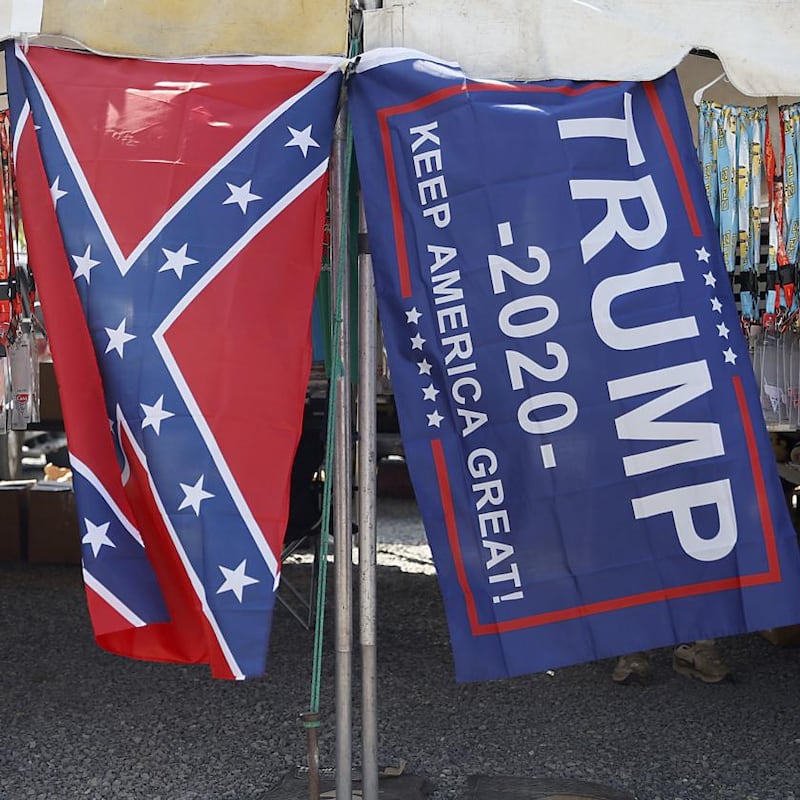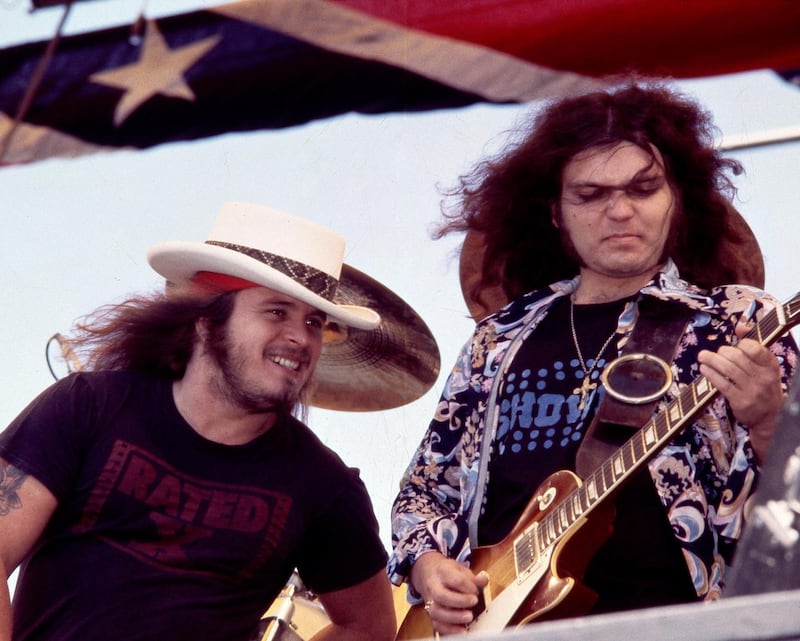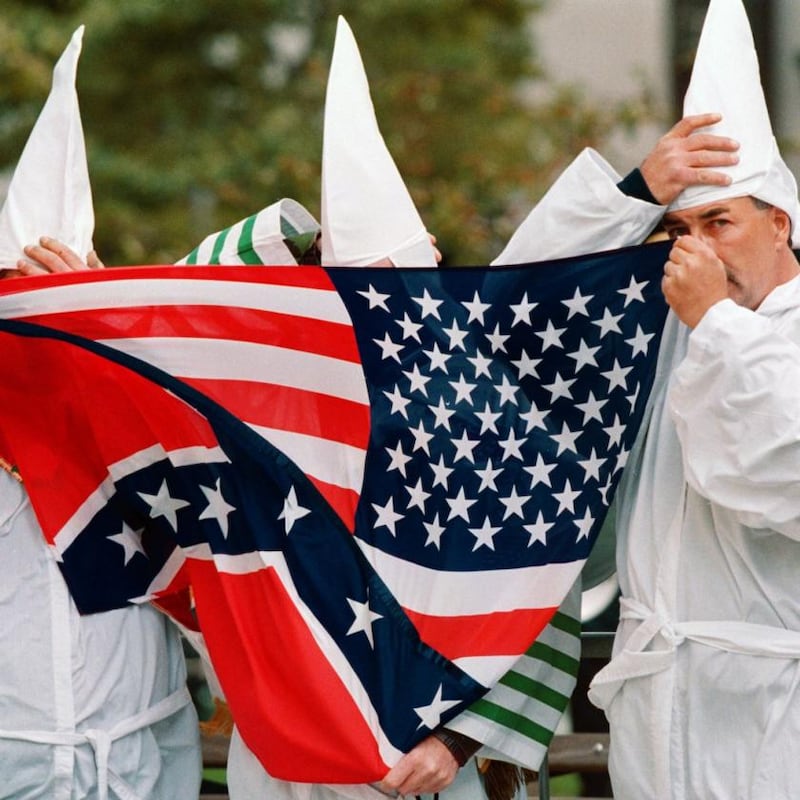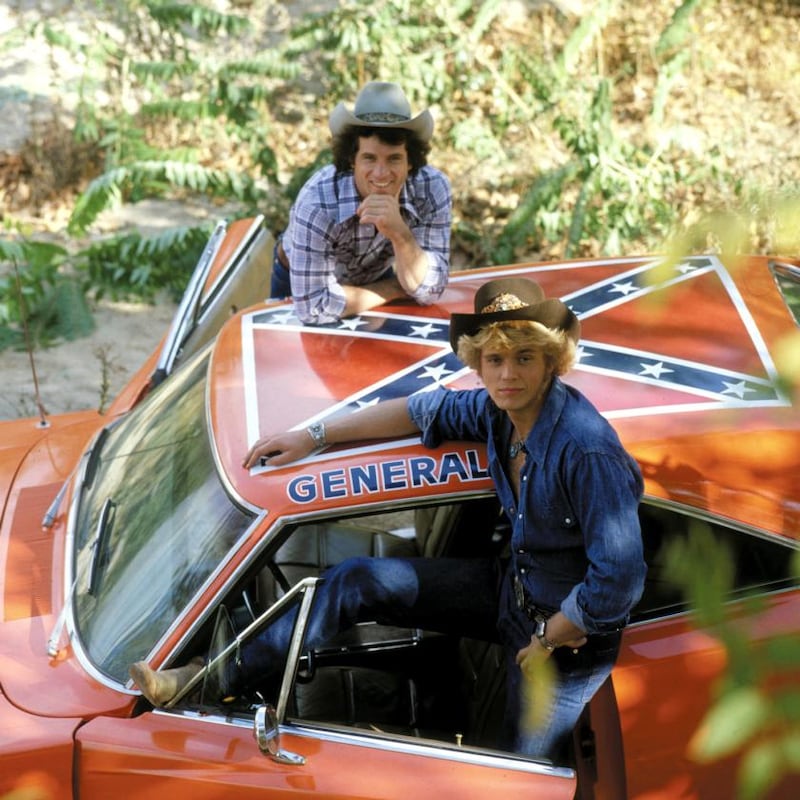John Schneider, aka Bo Duke from the TV show The Dukes of Hazzard, recently asked his fans a question via YouTube: “Was The Dukes of Hazzard a racially charged show? Was the intention of the paint scheme on the General Lee a white supremacist statement in any way? And if you think it was, I wanna know.”
For the uninitiated, the General Lee was the Duke brothers’ 1969 Dodge Charger, which outperformed the cop cars of rural Georgia week after week from 1979 to 1985. Bo and Luke’s car was named after a Confederate civil war hero; its horn played the opening bars of Dixie; and, as for its paint scheme, it sported a giant Confederate flag on its roof. It was basically the American south on wheels.
We all know why Schneider felt the need to ask, 35 years after the show ended. In response to the police killing of George Floyd and the worldwide Black Lives Matter protests, Confederate monuments and symbols are being removed and reassessed, not least the flag. Last month Nascar banned Confederate flags from its race meetings and Mississippi became the final US state to remove the Confederate battle emblem from its state flag. And, earlier this month, the US defence department banned the Confederate flag and "other divisive symbols" from all military bases. Culture is also undergoing a reappraisal: Amazon's streaming service is considering removing The Dukes of Hazzard from its catalogue.

And it’s not over yet. Dispute rages over what the Confederate flag really signifies. With his limitless desire to open another front in the culture wars, President Trump recently asserted that it represents “freedom of speech”, and criticised Nascar. Spike Lee, on the other hand, said the flag made him feel “the same way my Jewish brothers and sisters feel about the swastika”. Having once stood for one, unambiguous thing – the Confederate army during the American Civil War – the flag has now accumulated a multitude of meanings, many far removed from the original Confederate cause. Popular culture has been central to that process.
The responses to Schneider’s question were an overwhelming “No”, even from commenters claiming to be black and Latino fans. On the face of it The Dukes of Hazzard was simple, good-natured fun. It barely ever broached matters of race, slavery or the civil war, although the erasure of non-white characters from the landscape made that easier. Sure, their car had a Confederate flag, but the Dukes were just “good ol’ boys, never meanin’ no harm”, as the theme tune had it.
General Lee wasn't some good soldier who happened to be on the losing side. His army 'was a slave-catching army. It was functioning as the military arm of a government that had one purpose: to protect the institution of slavery'
The Confederate flag as we know it – 13 white stars on a blue cross with a red background – was designed in 1861 by William Porcher Miles, an avowed pro-slavery secessionist politician. After the civil war it became the prevailing way to represent the Confederacy, initially in the context of military history and memorials. It began to seep into popular culture in the 1940s, says John Coski, historian at the American Civil War Museum and author of The Confederate Battle Flag. It was adopted by southern fraternities, and soldiers from the south used it during the second World War. It entered postwar politics via the pro-segregation Dixiecrats. In the early 1950s the US developed a "flag fad", and suddenly it was everywhere: on T-shirts, licence plates and mugs. "It became an icon for an attitude," says Coski.
And that attitude was "rebel". But, rather than military and political rebellion against the northern states in defence of a racist ideology, the flag came to represent more nebulous forms of rebellion. Lynyrd Skynyrd's 1974 pro-southern anthem Sweet Home Alabama featured the flag on its cover, and the band used it liberally in their graphics, merch and stage act, as did such other southern rock acts as Tom Petty and the Allman Brothers Band. Petty would unfurl the flag on stage during the song Rebels, whose chorus begins: "I was born a rebel down in Dixie." They all later renounced its use, though not Johnny Cash, who sang in front of it on The Muppet Show in 1980.

It wasn’t just southern bands. Primal Scream put the flag on the cover of their 1994 album Give Out But Don’t Give Up, but this was intended to signal their new southern-tinged sound, the album having been recorded in Memphis. The cover was actually a photograph by William Eggleston, celebrated chronicler of the southern American landscape, whose work often incorporates Confederate flags, overtly or covertly. Eggleston’s best-known image may be 1973’s Greenwood, Mississippi, itself used as a cover for Big Star’s 1974 album Radio City. It depicts a bare light bulb on a garish red ceiling, with white cables forming an X across it, like a subliminal Confederate flag.
On screen the flag came to represent another form of rebellion, that of the outlaw. It had often figured in movies in a historical context, as in Gone with the Wind, but a new trail was blazed by the car-chase caper Smokey and the Bandit, the US’s highest-grossing movie of 1977 after Star Wars. It features many elements The Dukes of Hazzard would later adapt: a charming southern maverick (Burt Reynolds) evading inept cops in a fast car, with a Confederate flag on its licence plate.
This flag represents the oppression that we as African Americans have endured for years. This is a symbol of segregation and racism
In both cases the flag is associated with mild rebellion against the local law, more on the level of moonshine-running, in a virtually postracial south. Consciously or not, pop culture was now in step with the “lost cause” narrative, which had striven to dissociate the Confederacy from slavery and racism, aligning it instead with nobility and heroism.
The reality was quite different. For one thing General Lee wasn’t some good soldier who happened to be on the losing side. “When Robert E Lee’s army marched into Pennsylvania in the summer of 1863,” says the historian Kevin Levin, “it was with the intent of kidnapping upwards of 200 free blacks. That army was carrying the Confederate battle flag. That army was a slave-catching army. It was functioning as the military arm of a government that had one purpose: to protect the institution of slavery.”

To African Americans especially, the Confederate flag represents a darker form of rebellion, one that targets their civil rights. The flag was adopted by the Ku Klux Klan in the 1940s and was frequently brandished by counterprotesters at civil-rights marches. Even in 1982, when The Dukes of Hazzard was at its peak, John Hawkins, the first black cheerleader at the University of Mississippi, ignited a controversy by refusing to bear the flag at college football games, where it was a ubiquitous fixture. His fraternity was picketed by more than 1,000 white students waving Confederate flags. The local Ku Klux Klan held a protest.

“What is the idea that this symbol is intended to convey?” says Kyle Bowser, consultant to the Hollywood bureau of the National Association for the Advancement of Colored People, or NAACP. “The common denominators seem to be elements that are malicious, unproductive and certainly injurious to certain members of our society.” In 2000 the NAACP and other groups began an economic boycott of South Carolina over its refusal to remove the Confederate flag from the state capitol, where it had flown since 1962.
Ironically, around the same time, the flag began to be appropriated by black musicians, who sought to redefine its meaning. Such rappers as André 3000, of Outkast, Lil Jon and Ludacris all wore the symbol. Ludacris caused a stir at the 2005 Vibe awards by performing draped head to toe in a Confederate-flag outfit. After the show, he said: “This flag represents the oppression that we as African Americans have endured for years. This is a symbol of segregation and racism. At the end of the performance, I removed and stomped on the flag to reveal my version of the flag – a flag comprised of black, red and green. Those are the colours of Africa.”
In a less thought-out way, in 2013 Kanye West wore a jacket emblazoned with the flag and incorporated it into merchandise for his Yeezus tour. “I took the Confederate flag and made it my flag,” he said. “Now what you gonna do?”

All these attempts to untether the flag from its original associations were largely undone in 2015, when a mass shooting in a church in Charleston, South Carolina, left nine African Americans dead. The 21-year-old shooter, Dylann Roof, was avowedly motivated by white-supremacist beliefs, and his website featured images of himself waving the Confederate flag. Within weeks major retailers, including Wal-Mart, Amazon, Sears and eBay, pledged to stop selling Confederate-flag merchandise. The manufacture of toy replicas of the General Lee also ceased. And, in a victory for the NAACP, the flag was removed from the South Carolina state capitol. Mississippi was the last hold-out.
The recent wave of Black Lives Matter protests ought to have ended the idea of the Confederate flag as an innocuous symbol, but the battle continues. According to a Quinnipiac University poll this month, 56 per cent of Americans see the Confederate flag as a symbol of racism. In another poll, however, 70 per cent of Republicans saw the flag as “a symbol of southern pride”. Even as the US military and Nascar abandon the flag, other southern groups are resisting the erasure, encouraged by Donald Trump. On July 15th about 4,500 “patriots” drove in a 12km convoy through Ocala, Florida, in support of the flag, which, of course, appeared in abundance. Leading the convoy was a replica of The Dukes of Hazzard’s General Lee.
To its defenders, as the bumper sticker puts it, the flag represents “heritage not hate”. The NAACP’s Kyle Bowser responds: “I would press those who feel that connection to clearly articulate that heritage. Is it the food they ate? Is it a style of dress or art? I don’t see what the connective tissue is between states that hoisted the Confederate flag, other than their commitment to the exploitation of black people.”

John Coski points out that the people who were most opposed to the proliferation of the Confederate flag into the wider culture were Confederate groups themselves. The United Daughters of the Confederacy were responsible for airbrushing Confederate history and erecting monuments to the civil war in the 20th century. In the 1940s and 1950s they campaigned to pass laws restricting the use of the flag solely to historical and commemorative purposes.
“Why make a point of trying to keep it out there,” says Coski, “where everyone has a right to interpret it however they wish? Isn’t it in your interest to limit it to museums, where it has an unambiguous historical context, or to cemeteries where it has an unambiguous memorial context?”
Should we also put The Dukes of Hazzard in a museum? Should we remove it from our screens, like Disney did with Song of the South (having accepted that the film’s cheery nostalgia for slavery and plantation life was grossly offensive); or provide historical context, as HBO Max recently did with Gone with the Wind? These are tricky questions. But, while the “culture war” grinds on, no creator of film, television, music or art is likely to use the Confederate flag unthinkingly ever again – and most will choose not to use it at all.
As with the Confederacy itself, the fight to retain the flag in US public life is facing defeat. The only thing it now seems to symbolise is the United States’ inability to heal its divisions and reconcile with its past. – Guardian











